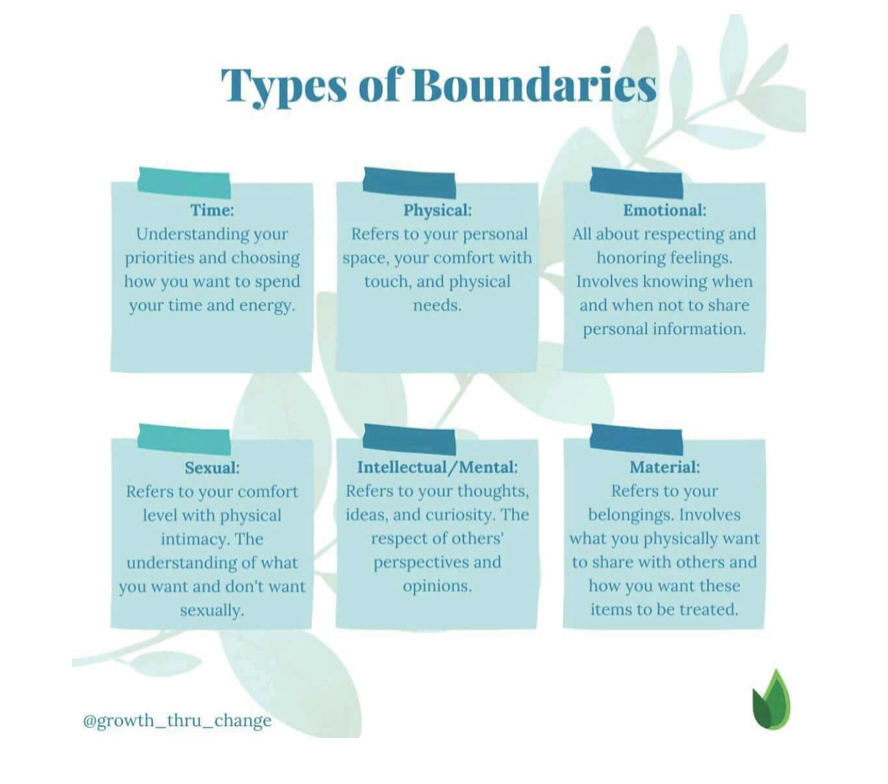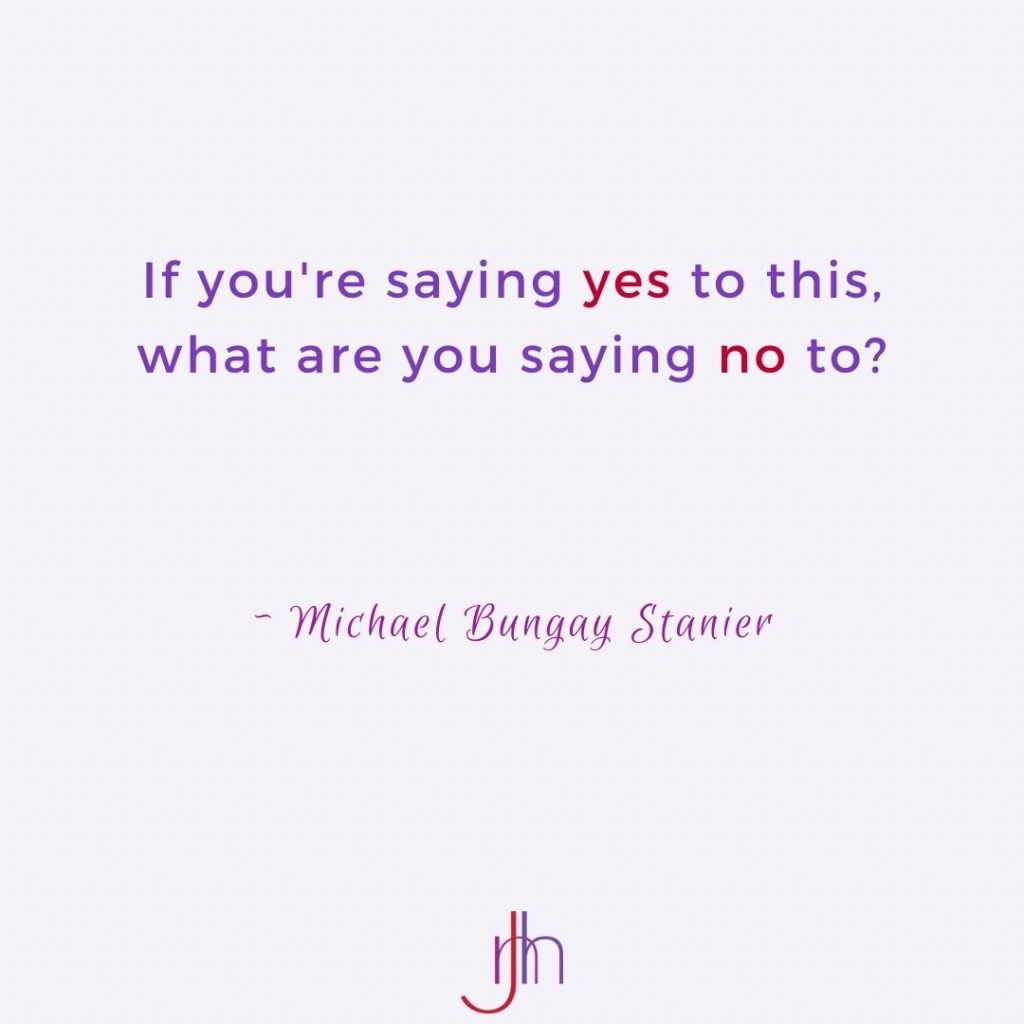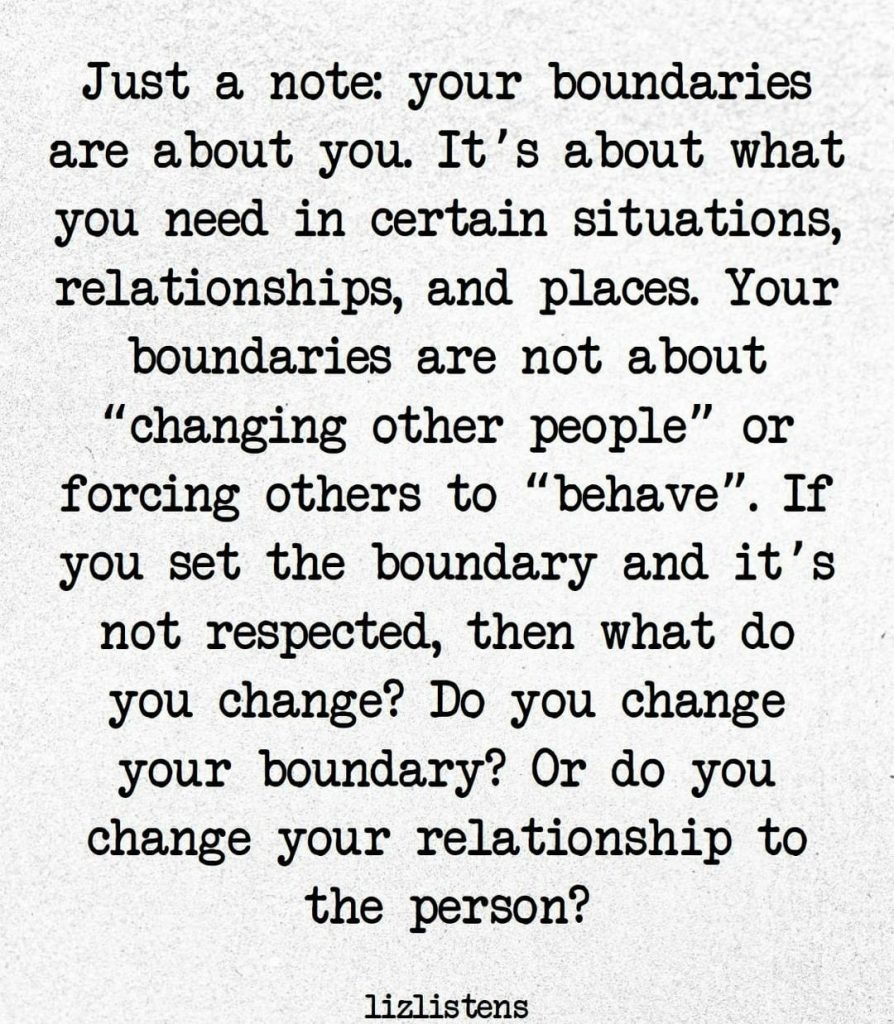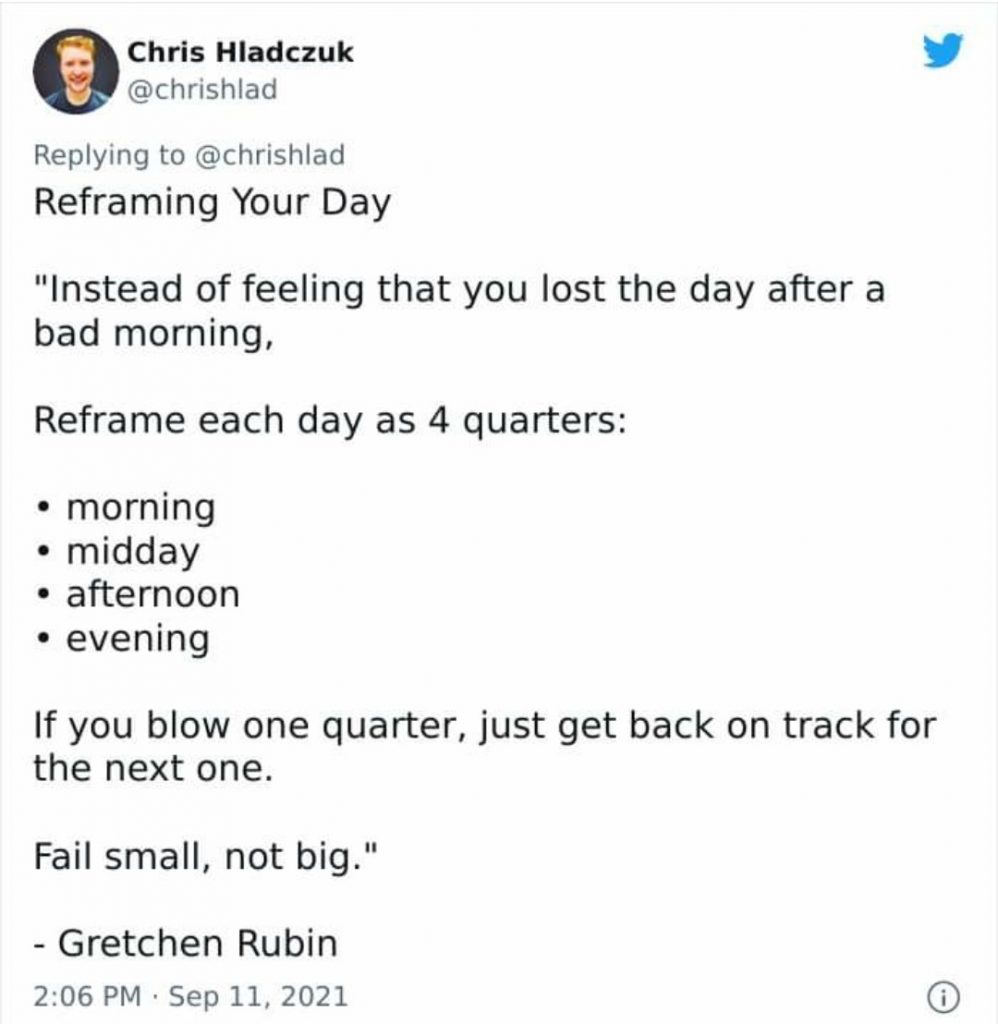Hello Friends!
Wow, I did not expect the newsletter on Resilience and Burnout to resonate quite so much!! I was flooded with responses and comments from you – huge thanks to everyone who took the time to connect with me, whether via email, LinkedIn, WhatsApp or in person. The topic of Toxic Resilience in particular really struck a chord.
There seemed to be almost universal agreement that we are in fact living in times of Toxic Resilience, and that there is an expectation that we will continue to not only carry on carrying on, but that we will continue to do more, accomplish more, and produce more, all while getting less money, less rest, and less time off.
Much of the pressure and expectations on us right now are outside of our control unfortunately. Workload, headcount at work, global health crises, to name but a few. But it seemed to me that the best follow-up to the Resilience and Burnout newsletter would be one that focuses on what we CAN control: our own boundaries.
Setting – and keeping – boundaries can be at least a partial antidote to overwhelm and stress. I recently had a client who told me her boss kept changing her mind about which projects to focus on. It was driving my client crazy; but worse than that, meant that she was working insane hours to try to deliver to constantly changing deadlines and scope. We worked on a simple script to establish boundaries: “X sounds great, Boss. I am currently working on Y. I’m happy to do X, but it isn’t possible to do both. Which would you like me to prioritize?” It was such a lightbulb moment for her! To know that she could set her own boundaries, and not silently accept working punishing overtime hours.
Setting boundaries can be quite challenging. A lot of ambitious, high-achieving leaders want to lean in and say yes to everything. And there can be advantages to that. But in the long-term, it can be a huge drain on your energy, your time, and your wellbeing. Not to mention, saying yes often means choosing someone else’s priorities over your own.
So how do we set, and maintain, our boundaries? Here’s a how-to kit!
HOW TO #1: TYPES OF BOUNDARIES
It’s a crucial first step to establishing boundaries that we realize that we CAN. And to realize what exactly boundaries are! Is “boundary” just a synonym for saying no?? I found this article to be really informative around what types of boundaries there actually are. There’s a wonderful infographic to demonstrate the 6 types of boundaries we have: Time, Physical, Emotional, Sexual, Intellectual/Mental, and Material. Framing it in this way makes it much easier to identify what sort of boundaries one might need or unknowingly be ignoring.

HOW TO #2: DO YOUR THOUGHT WORK
Where are you depleted? What boundaries do you need? What boundaries do you ignore? It’s impossible to establish boundaries without knowing first what ours need to be in order for us to optimize our resources.
One of my friends wrote a Code of Boundaries for herself when starting a new role. Doing the thought work to create such a Code is a really strong start to establishing and enforcing your boundaries. I get goosebumps reading her Code – it is so impactful!! 💪
Some examples from her Code:
In my new role, I will allow myself to say no, even if that means I might disappoint a teammate.
In my new role, I will allow myself to establish a hobby with a regular schedule in the evening.
In my new role, I will not work more than 60 hours a week.
In my new role, I will not take criticism and feedback personally – this is a role, not my life.
Enormous thanks to my friend for allowing me to quote her Code here!!! It is so impactful because she did the real thought work, and I’m so grateful that she was so generous as to share that with us! 💜
What would your Code of Boundaries include?
HOW TO #3: BOUNDARIES ≠ SELF-CARE
There has been a lot written on the topic of “self-care”, and somehow self-care has morphed more into a mantra of “do yoga, meditate, take a bubble bath” rather than being about each individual identifying and acting on what replenishes their energy.
“Sometimes self-care might look like taking a bath. And sometimes self-care might look like speaking up, erecting boundaries, being assertive and holding yourself accountable.” [emphasis mine]
YES!! This article “Making Self-Care Tactical: Why You Should Focus on Boundaries not just Bubble Baths” made some really great points, and has some great suggestions and prompts for doing the thought work on your needs and boundaries.
HOW TO #4: BE REALISTIC
Boundaries aren’t just about saying no. Boundaries are about knowing your own limits. Boundaries are about recognizing that if you say yes to this, you are saying no to something else.

We often suffer from “planning fallacy”: the misconception that we can do this task in a short amount of time. We aren’t realistic about how much time tasks, projects, meetings, etc. will take us, so we bite off far more than we can chew. And that means our time boundaries aren’t set well. Being realistic, and planning your time accordingly, is a key component to reducing overwhelm here.
HOW TO #5: DOSAGE
You might be able to do task X in one hour. But can you do 10x in 10 hours?? One of the challenges of being overwhelmed or over-stressed, is that it can start taking us longer to do certain tasks. Because we are doing too many of them. And because we’re not getting sufficient rest in between! As a result, we are not as efficient and effective as we used to be.
I love this quote from James Clear:
Nearly everything in life has a useful zone, a desired dose. Ten minutes in the sun can energize you. Ten hours in the sun can burn you. This concept applies to many things: work, relationships, hobbies, exercise, food. What is your desired dose? What do you need right now? A little bit more or a little bit less?
HOW TO #6: BE PREPARED
We can get flustered in the moment when someone asks for help/our time/has expectations. We are socialized to say yes! It feels much harder to say no.
One of the ways to make maintaining your boundaries easier is to be prepared with a scripted response. Even though “no“ is a complete sentence, it can feel impolite to say just that. Having a few phrases on hand (like my client above “Which do you want me to prioritize?”) can make this flow much easier. I loved this post on scripts and responses for different situations.
A few examples:
“On Saturdays, I’m not always by my phone, so I’ll respond when I get a chance.”
“I need to work through some thoughts. Do you have the space to listen?”
HOW TO #7: MINDSET
Embrace the idea that boundaries are healthy. Get comfortable with the knowledge that you are doing something good for yourself. It’s a mindset shift for many, to move towards healthy boundary-setting.
A couple of mindset shifts:


WHAT I’M READING
“The Flatshare” by Beth O’Leary was such a charming, fun, light read that when I heard the author’s latest book was out, I knew that would be heading to the top of my TBR pile! 😀
“The No-Show” had me gripped. I read it in about 24 hours!! I really had to know how this was going to end up!! Three women dating the same man. How was this going to go? It actually didn’t go at all as I’d expected. There were a few unexpected curveballs in there! This was again a light read (although it did have its darker moments) and a gripping one. Perfect for a weekend when you just want to escape into another world. My focus was entirely on the book. I didn’t look at my phone or get distracted – my attention was entirely captured by the story. And that is such a holiday for my always-on brain!!

I’m spending this week in Sweden, giving a workshop on Inspiring Leadership. One of my favourite topics!! And in a wonderful twist of fate, my husband is on a business trip in Sweden as well, so we’re spending Friday (today!) in Stockholm together!! The first time we’ve been on a business trip at the same time since we had kids. Quite a momentous occasion! 😉
Hope you are having a gorgeous spring!!
Stay healthy!
Hugs,



